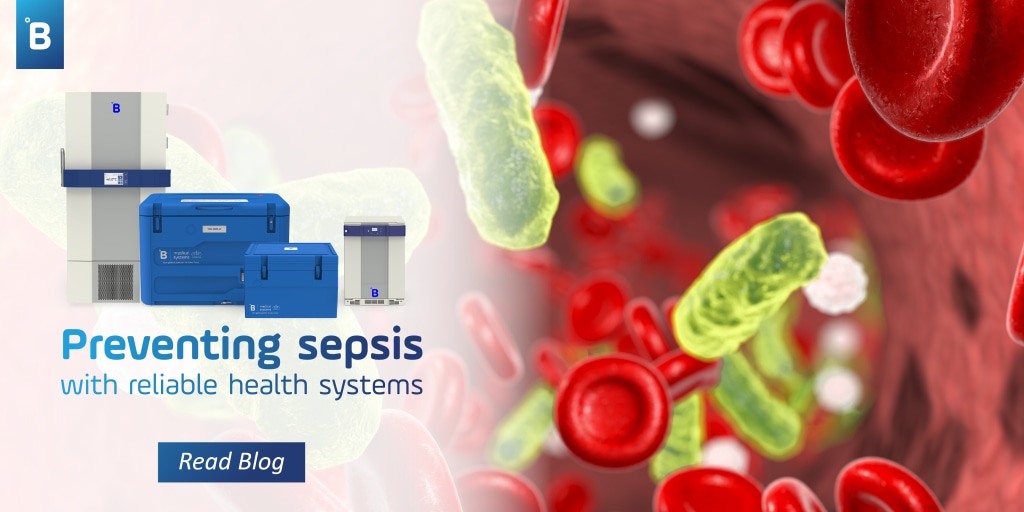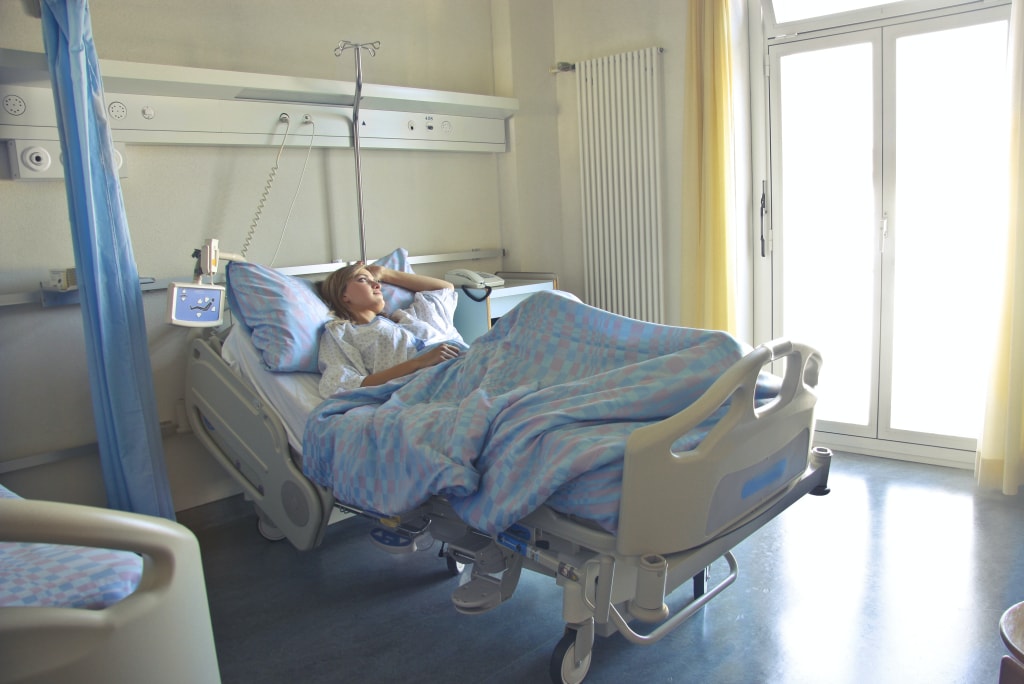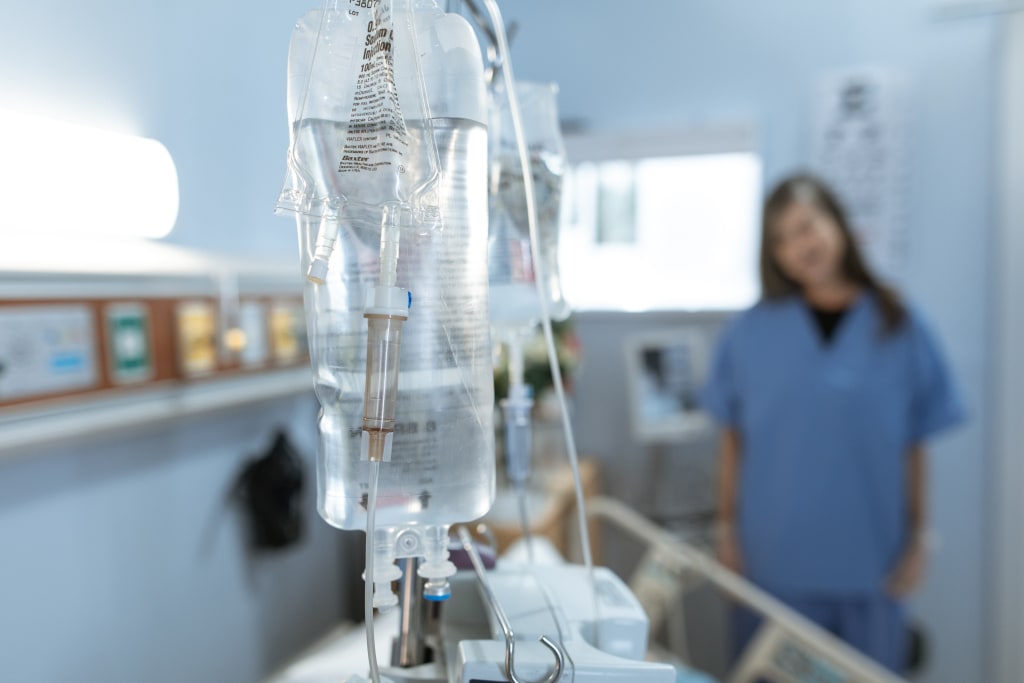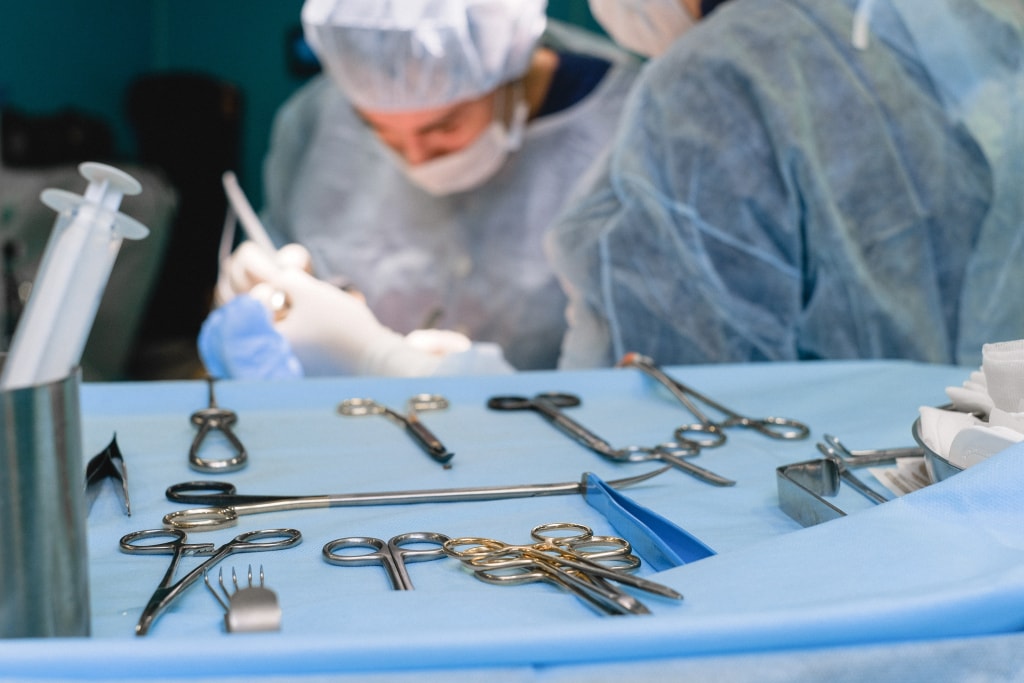Blog
Sepsis Prevention: The Alliance of Vaccinations, Sanitation, and the Vaccine Cold Chain
Sepsis is a severe bodily reaction to infection, which can cause fever, breathlessness, disorientation, tissue damage, and organ failure, among other symptoms. While bacterial infections are the primary culprits, any other infection such as from pneumonia or influenza may lead to sepsis if not appropriately treated.
Under normal circumstances the immune system of the body fights against any infection and helps the body to remain healthy. However, often still due to unexplainable reasons, the immune system instead stops fighting and attacks itself instead by producing uncontrolled and excessive amount of infection fighting proteins like cytokines, which can lead to a dangerous cytokine storm associated with sepsis. Sepsis progresses into severe sepsis and then septic shock, when along with the signs of sepsis organ dysfunction such as abnormal liver tests, change in the mental status, disruption in the renal flow etc. take place. This happens because of the uncontrolled immune response and formation of small clots throughout the body which prevents nutrients from reaching vital organs.
There are three stages of sepsis: sepsis, severe sepsis, and septic shock.
Sepsis: An infection reaches the bloodstream and causes inflammation in the body.
Severe sepsis: The infection is severe enough to affect organ function.
Septic shock: There is a significant drop in blood pressure that can lead to respiratory or heart failure, stroke, dysfunction of other organs, and possibly death.
How common is it?
Sepsis is one of the most preventable causes of death worldwide. However, according to a report from WHO it still kills almost 11 million people every year, many of whom children. An estimated 27% of patients with sepsis in a hospital do not survive and those who do may suffer from life changing effects such as post-traumatic stress disorder, chronic pain, fatigue, organ dysfunction etc. Sepsis itself is not contagious but it is caused by an infectious disease, which can be transferred to other people.
Although anyone can develop sepsis, there are certain cohorts who are more susceptible to this condition. This includes adults above 65 years of age, people with chronic conditions or reduced immune systems, people who have already survived sepsis and infants below 1 year of age.
Treatment
Even though sepsis is preventable, it is usually late diagnoses and the underlying infection which makes the treatment difficult. The most crucial thing is to immediately start the proper treatment: studies have shown that the risk of death from sepsis increases by 7.6% with every passing hour before the start of the treatment.
The most common therapy regimen includes the use of antibiotics and intra venous fluids to help the body fight the infection. However, the symptoms in sepsis can be varied, ranging from low blood pressure, shortness of breath, mental disorientation to organ failure, so the treatment in these cases will include additional medications to address these problems.
Prevention
The only way to prevent sepsis is to prevent infection, and an effective way to do this is through effective sanitation and vaccinations.
Effective sanitation plays a multifaceted role in preventing sepsis. It helps in:
- Controlling pathogen transmission with proper sanitation practices, such as handwashing, maintaining clean environments, and sterilizing medical equipment
- Reducing healthcare-associated infections (HAIs) through enhanced sanitation practices in hospitals and clinics
- Ensuring safe drinking water and sanitation facilities to prevent waterborne diseases
- Enhancing hygiene practices in communities through the implementation of sanitation programs
- Supporting wound care through access to clean water, soap and sterile dressings
Nonetheless, vaccinations can be just as important. By administering vaccines, individuals can develop immunity to diseases without experiencing the severe symptoms associated with the natural infection. This acquired immunity is crucial in preventing infections and reducing the risk of severe complications that can lead to sepsis.
However, vaccines are often temperature-sensitive and require an effective medical cold chain to be safely stored and transported around the world. From the point of manufacturing until the last mile, the vaccine cold chain includes a series of interconnected steps:
- Manufacturing and quality control
Vaccine manufacturers adhere to stringent quality control measures to ensure the vaccines’ potency and safety. Maintaining proper temperature conditions during production is critical to preserving the vaccine’s integrity.
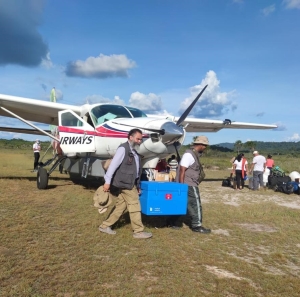
- Storage and transportation
After production, vaccines are stored in temperature-controlled medical devices, such as refrigerators and freezers, to maintain their stability. During transportation, specialized refrigerated containers and insulated packaging keep vaccines within their required temperature range, protecting them from temperature fluctuations that could compromise their molecular stability and therefore their effectiveness.
- Distribution to healthcare facilities
The vaccines are then distributed to healthcare facilities, where they must continue to be stored in specialized refrigerators and freezers at optimal temperatures until administered to patients. Moreover, regular monitoring of storage conditions is essential to identify and rectify any deviations promptly.
The future of the fight against sepsis
Sepsis remains a significant global health challenge, but its prevention can be greatly enhanced through the combination of reliable vaccinations and effective sanitation practices. Reliable vaccinations play a pivotal role in preventing infections that can lead to sepsis, reducing the overall burden of the condition. By fostering herd immunity and protecting vulnerable populations, vaccinations contribute to a safer and healthier world.
Equally important is the vaccine cold chain, a crucial infrastructure that ensures vaccines’ potency and safety from production to the last mile of administration. Maintaining proper temperature conditions during manufacturing, storage, and transportation is imperative to preserve the efficacy of vaccines. By safeguarding the vaccine cold chain, we can ensure that vaccines remain effective in preventing infections and, consequently, sepsis.


